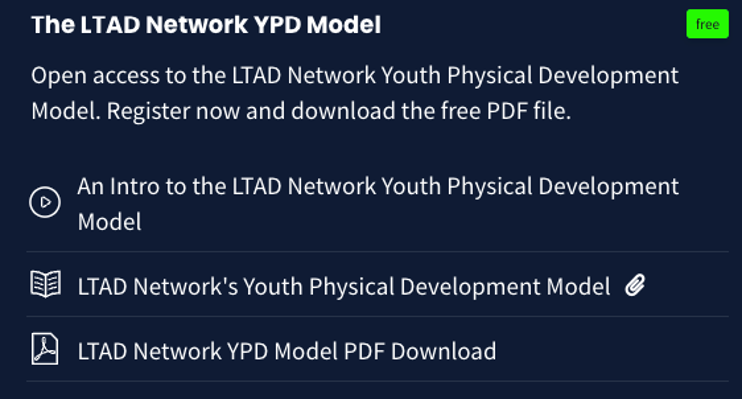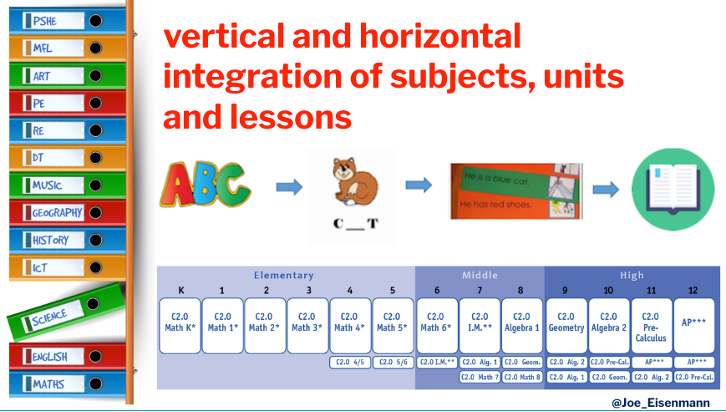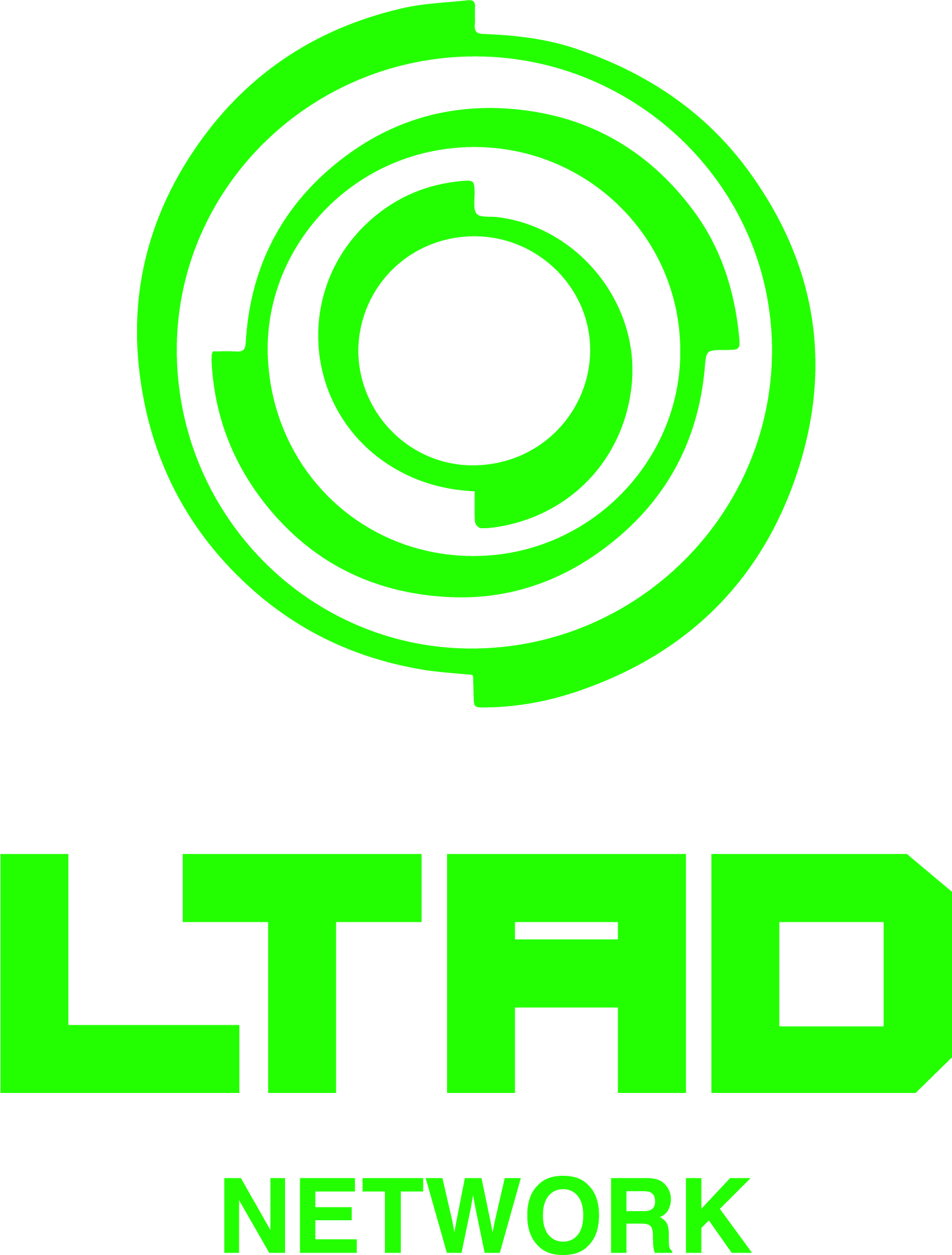Over the next several months
(and years), we will increase the breadth & depth of resources around the
LTAD pathway content. Topics such as nutrition, early sports specialization,
growth and maturation, talent ID and much more will be written about here. It
is my intention to make these scholarly blogs (not just made up stuff) but also
applicable for the practitioner. I will link to peer-reviewed research
publications and also lean on the years of practical experience from world
leading practitioners. This has always been a cornerstone of the LTAD Network –
translate expert knowledge into practice across the continuous developmental
pathways from child to champion.
Speaking of continuous developmental pathways from child to champion ….. let’s be very clear on a few things. First and foremost, LTAD is not just about pre-pubertal kids and navigating the adolescent growth spurt. And related, it’s more than just teaching fundamental movement skills. I once heard a S&C coach of adolescent athletes say “oh, that’s our LTAD day” referring to a recovery-type session that included fundamental movement skills. And by the way, it’s more than a stinkin’ day!! It’s a continuous developmental pathway.
Although many of us are interested to coach and train competitive athletes from childhood to becoming “champions”, it is just as important to focus on the relatively high percentage who will not become “champions”. As some people have said “it’s about cradle to grave” or developing physically literate (and healthy) human beings. Indeed, this certainly should be an important aspect – and as stated in Pillar 5 of the NSCA LTAD position statement, it should be a central tenet (“Health and wellbeing of the child should always be a central tenet of long-term athletic development programs.”). Alongside this is the IOC’s opening statement in their consensus statement on youth athletic development: “The goal is clear: Develop healthy, capable and resilient young athletes, while attaining widespread, inclusive, sustainable and enjoyable participation and success for all levels of individual athletic achievement.”
Another important fallacy of LTAD models is that they are rigid – as in, you must do ‘this’ at this time and ‘that’ at this age. However, as stated in a prelude to the NSCA LTAD position paper, the reality of LTAD models is that they are “designed to provide structure and guidance to practitioners working with youth. They should not be viewed as gold standard blueprints, which can simply be superimposed on any athlete”. Furthermore, the authors write “it is important to stress that models should be viewed as flexible blueprints as opposed to stringent directives”.
There are many LTAD frameworks or models which adopted the ideas and principles of the former Eastern European bloc nations including Balyi, Bompa and Drabek. About a decade ago now (and as a bit of a response to the Balyi LTAD model), Oliver and Lloyd put forth the Youth Physical Development (YPD) model (stay tuned for the upcoming version 2.0). More recently, our very own James Baker, has written the
LTAD Network YPD Model based on years of reading, observing, discussing and debating, and most importantly, practically applying LTAD principles and methods.

Most,
if not all, of these models have similarities. I think the biggest similarity
is the progression of the training structure and approach to coaching along
with progression in the acute program variables. So in many ways, it is a very
long, long, long periodization model covering childhood to champion. I have
also explained LTAD models in parallel to schooling. There’s a curriculum of
subjects (strength, speed, conditioning, etc. vs. maths, science, reading,
etc.) which each have units and lessons and are vertically integrated and
progressed horizontally across time.

Again, I, along with everyone else from the LTAD Network advisory and leadership team, extend a very warm welcome to you for engaging with this new format.
Please sign up
here to explore and get instant access to over 10 hours of free resources and also consider the membership options to unlock access to our Online Hub video library that includes 150+ hours of content from experts in athletic development and discounts to future conferences.
And stay tuned for next month’s blog covering Assessing Growth and Maturation.
In health, fitness and performance – Joe Eisenmann, PhD
Head over to the #LTAD Models space on our Forum to ask your question and get answers from the community!




